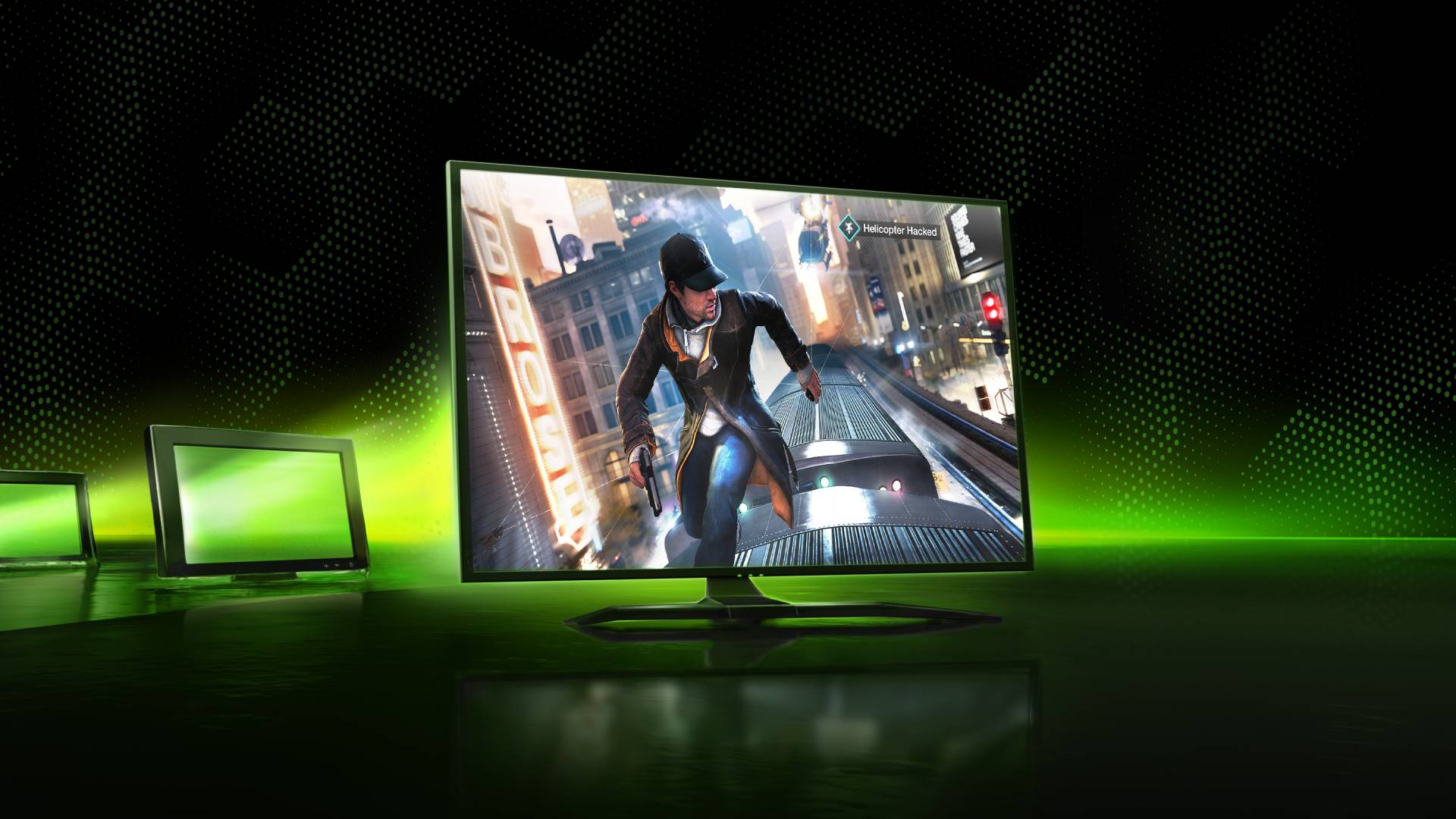Deciding on one of the best gaming monitors is one of the hardest decisions to make when finishing up your gaming rig. As with their graphics cards, both Nvidia and AMD have their own Variable Refresh Rate (VRR) tech designed to eradicate screen tearing, reduce ghosting, and visual artifacts, but which is better out of G-Sync vs FreeSync?
Some of the best graphics cards on the market have now made high refresh rate (and high resolution) PC gaming a reality, as we’re now able to not only see the likes of 4K@120 through AI-upscalers such as DLSS and FSR in conjunction with Frame Generation, but even 8K@60 and beyond.
As a result, both Nvidia G-Sync and AMD FreeSync play a pivotal role in keeping your gaming experience as smooth as possible when aiming for common refresh rates such as 144Hz, 165Hz, 240Hz, and as high as 360Hz and 500Hz.
We’re comparing Nvidia G-Sync vs AMD FreeSync on their quality, monitor compatibility, HDR support, latency compensation, and more to see which is worth using for PC gaming right now. Don’t want to decide between the two? Then read up on how to enable Nvidia G-Sync on an AMD FreeSync monitor.
How do Nvidia G-Sync and AMD FreeSync work?
Before we compare Nvidia G-Sync vs AMD FreeSync, you must know how the two panel technologies work. Both are the companies’ respective versions of Variable Refresh Rate (VRR) or adaptive sync, which is a technology that matches (or synchronizes) a display’s refresh rate with the source (such as a game). This is achieved by having the supported display dynamically adjust its refresh rate to match the source, as your graphics card signals the monitor per frame when to refresh. With compatible hardware, there will be no discrepancies in the transmission, eliminating ghosting, artifacting, and screen-tearing, which can happen when the GPU and the monitor are refreshing differently.
Nvidia G-Sync vs AMD FreeSync: Versions & pricing

The requirements of Nvidia G-Sync and AMD FreeSync are different, and this (traditionally) results in the former being more expensive than the latter. Chiefly, to use Nvidia G-Sync, you’ll not only need an Nvidia graphics card, but also a validated G-Sync-capable gaming monitor.
By comparison, most modern graphics cards (made by either AMD or Nvidia) can utilize AMD FreeSync, provided the monitor itself is supported. AMD claims that over 4,000 gaming monitors are now FreeSync compatible, accounting for all resolutions, sizes, and refresh rates, whereas Nvidia’s list of G-Sync compatible monitors is significantly smaller.
That’s only one side of the story, however, as there are different versions of both Nvidia G-Sync and AMD FreeSync depending on the monitor’s resolution and refresh rate that you need to be aware of before you buy.
For the former, these are: G-Sync, G-Sync Ultimate, and G-Sync Compatible, and the latter tiers are FreeSync, FreeSync Premium, and FreeSync Premium Pro; ergo, they are not all the same. Nvidia’s G-Sync Ultimate includes support for HDR at 1,000 nits brightness.
Similarly, FreeSync Premium excels above 120Hz, whereas FreeSync Premium Pro offers HDR support at higher framerates and resolutions above 1080p.
You’re (usually) going to pay more for a gaming monitor with HDR support, a 1440p or 4K resolution, and a higher refresh rate than you would for a duller 1080p panel clocked above 60Hz, hence the pricing differences between G-Sync and FreeSync tiers.
Where AMD’s adaptive sync offering tends to be cheaper, though, is that it’s built on an open standard without expensive licensing fees, verifications, or a proprietary scaling chip that’s found in an Nvidia G-Sync monitor.
The main difference you’ll notice, however, is with “G-Sync Compatible” monitors, which do not have Nvidia processors in them but have been tested by Team Green to show that its tech works as intended. The company has since partnered with MediaTek to produce cheaper scaler chips that integrate G-Sync functionality, blurring the lines even further.
Is V-Sync the same as G-Sync or FreeSync?
Despite similar naming conventions, V-Sync is a completely different technology from both Nvidia G-Sync and AMD FreeSync. While V-Sync (or Vertical Synchronization) also eliminates screen tearing, it does so by limiting the target software by forcing your graphics card to wait to finish the refresh cycle before the next frame is rendered/displayed. This can cause some issues, such as increased input lag and stuttering, as the software tries to match the hardware.
In comparison, both G-Sync and FreeSync are hardware-based solutions, and enabling either adaptive sync tech from the two companies in tandem with V-Sync will smooth things over. They go hand-in-hand. However, V-Sync must be forced in your GPU’s control panel and not per-game, as the latter option can interfere with things.
Which is better, Nvidia G-Sync or AMD FreeSync?
Considering Nvidia G-Sync gaming monitors have dedicated scaling chips inside, you may be expecting Team Green’s approach to VRR to be vastly superior to what Team Red can do, but that’s simply not the case.
The truth of the matter is, both G-Sync and FreeSync do exactly what they set out to do when synchronized with their respective hardware; screen-tearing is eliminated, and you can game in higher resolutions and higher refresh rates without ghosting or visual artifacts.
The choice of to go with one or the other, therefore, hinges on whether you’re using an AMD or Nvidia graphics card and have a monitor that supports HDR.
In other words, you should look at the features of the gaming monitor that you want (such as refresh rate, resolution, HDR, size, and aspect ratio) long before concerning yourself with the type of adaptive sync branding from either AMD or Nvidia.
Many years ago, Nvidia would have had a clear lead with pricier and more advanced monitors, but graphics card and panel tech have evolved so much that you’re no longer at a disadvantage like you were before.
You may also like…
Go to Source
Author:

